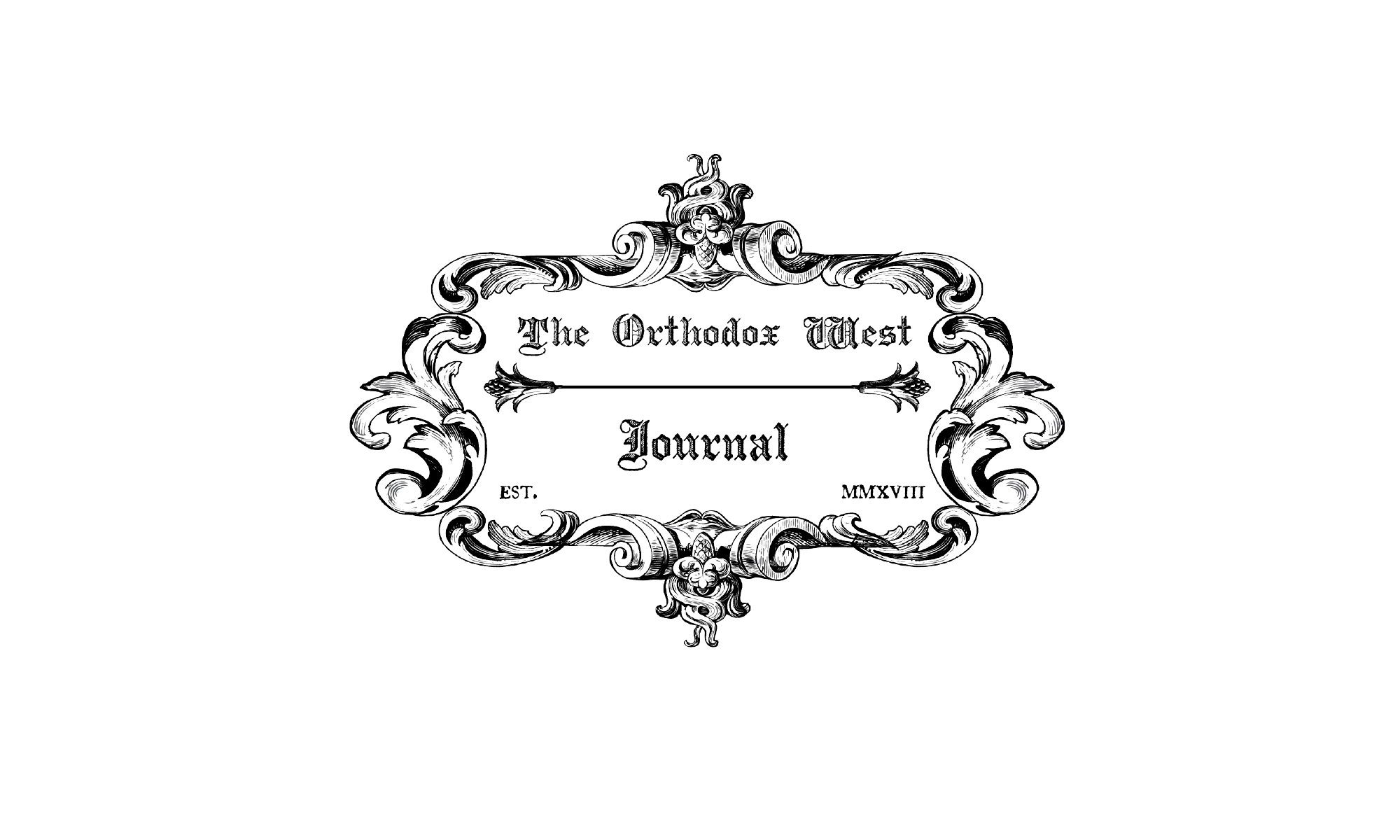A talk given at the University of St. Thomas in Minnesota on October 2, 2014. By Marcus Plested
I’m going to begin by taking you back in time to the 12th of December 1452, to Constantinople, and to the great Church of The Holy Wisdom, Hagia Sophia, in Constantinople. These were dark days for the Byzantine Empire. Little remained of the Byzantine Empire apart from the city of Constantinople itself, held in a strangle-hold by the Turks. It seemed inevitable that the city would fall, sooner or later, despite its great wall. For one thing, the Byzantines were lacking the men to man the wall, and in desperation, the emperor, the last emperor of Rome — (the Byzantines never called themselves Byzantines, you know; they were always Romans living in “New Rome” which is Constantinople) — the Byzantines were desperate for help, desperate for help even from the wicked West with all its theological errors, and in a sort of last-ditch attempt, on the 12th of December 1452 they formally proclaimed the union that had been established, at least at a formal level, between the Orthodox and Roman Catholic churches at the Council of Ferrara-Florence (1438-39). There it was ratified officially. At the time it was only proclaimed in Constantinople until the end of 1452.
Continue reading “Aquinas in the Orthodox Tradition”